$79.00
The Vulture’s Cry requires that it not be believed for it to be “true.” This is a variation of Spare’s “true belief” and is in keeping with Cioran’s atheism, “I will only believe in a god that doesn’t believe in himself.” In essence, the book is an invitation to believe through not believing. If some books are to be burned after they have been written and read, this one is not to be believed. And like Crowley’s Book of Lies as a book of “breaks”, The Vulture’s Cry is a book of “nots.”
Out of stock
Book is in new unread condition
Published by Atramentous Press
About this book:
This volume will explore many of the key notions in Kenneth Grant’s Typhonian Trilogies, in particular aspects of his occult philosophy that were more salient in his later volumes, such as,
Outside the Circles of Time, Outer Gateways, and Beyond the Mauve Zone. The introductory chapter will explore a Typhonian view of time, which brings together ontology and blasphemy. Paving the way for an occult anthropology that expands and even transgresses Martin Heidegger’s da-sein or being-in-the-world. (With Grant’s work, Edwards suggests that there is a shift from philosophical anthropology to occult anthropology). Here, the figure of Qayin is invoked as a sorcerous exemplar who “murders” a particular type of relationship to time and being, in the service of what Edwards has called, “sacravice,” as the “sacrifice of sacrifice,” andn “skinfulness” as a transgressive-transcendent relationship to “sinfulness.”
In articulating a phenomenology of the transmission experience, in the sense of a being receiving wisdom or transmitted knowledge from one Universe to the next, what Grant and Michael Bertiaux would describe as Universe A and Universe B, the book will explore terrestrial and non-terrestrial (extra-terrestrial) being, space, and time. It will look at the idea of the “dead name” as put forward in H.P. Lovecraft’s Necronomicon and apply it to names, such as, Aiwass (Crowley), Aossic (Grant), and Al Hazred (Lovecraft). Volume 3 will explore Grant’s understanding of “dream control” and look at the Mauve Zone as a perspective or vantage point that a magician or sorcerer can take relative to their position in each world or Universe and learn to “dream while awake.” The essence of the book will be a dialogue on the Wisdom of S’lba, a transmitted text that was received by Grant and the Nu-Isis Lodge as early as 1939 and published in Outer Gateways, which is a Mauve Zone (or beyond) “commentary” that is being called, “The Vulture’s Cry.”
The Vulture’s Cry was written from a mauve zone perspective, using Grant’s “dream control” technique and Martin Heidegger’s “meditative thinking.” Edwards abandons his own name as an author, putting it under erasure, assuming the dead name, “(Q)ayin-Mu,” to dialogue with Grant’s Aossic. The commentary, both in content and style is faithful to Grant’s suggestion that,
“Words are a magician’s magical instruments, and their vibrations must produce not merely arbitrary noise but an elaborate symphony of tonal vibrations, which trigger a series of increasingly profound echoes in the consciousness of his readers. One cannot over-emphasize or over-estimate this subtle form of alchemy, for it is in the nuances and not necessarily in the rational meanings of the words and numbers employed that magick resides.”
The commentary is not interested in reducing meaning to what can be “understood” or “comprehended.” Rather, it is interested in exploring Austin Osman Spare’s “Neither-Neither” as found in language and the absolute irreducibility of the signified by using signifiers that shock the reader into thinking beyond the word, moving from Logos to ALogos. This exploration of the irreducibility and betweenness of language is what Edwards has called his, “Mu Working.”
The Vulture’s Cry is written as a series of brief meditations that serve as a compendium of occult evocations rather than instructions. Rather than a path to be followed, the evocations are intended to call the reader toward discovering their own path, their own will, their own “law,” all under the guise of wearing one of S’lba’s “masques.”
Meditations in the commentary include:
And much more! Over 200 meditations in all.
The Vulture’s Cry contains many footnotes, connecting the commentary to the writings of Dogen, Nietzsche, Heidegger, Emil Cioran, and Jacques Lacan to name only a few. The book concludes with a “Profession of Faithlessness,” which is an inversion of the Catholic “Profession of Faith.”
The Vulture’s Cry requires that it not be believed for it to be “true.” This is a variation of Spare’s “true belief” and is in keeping with Cioran’s atheism, “I will only believe in a god that doesn’t believe in himself.” In essence, the book is an invitation to believe through not believing. If some books are to be burned after they have been written and read, this one is not to be believed. And like Crowley’s Book of Lies as a book of “breaks”, The Vulture’s Cry is a book of “nots.”
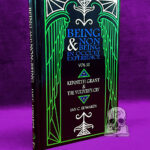 BEING & NON-BEING IN OCCULT EXPERIENCE: VOLUME 3: Kenneth Grant & The Vulture's Cry by Ian C. Edwards - Limited Edition Hardcover
BEING & NON-BEING IN OCCULT EXPERIENCE: VOLUME 3: Kenneth Grant & The Vulture's Cry by Ian C. Edwards - Limited Edition Hardcover
| 5 star | 0% | |
| 4 star | 0% | |
| 3 star | 0% | |
| 2 star | 0% | |
| 1 star | 0% |
Sorry, no reviews match your current selections
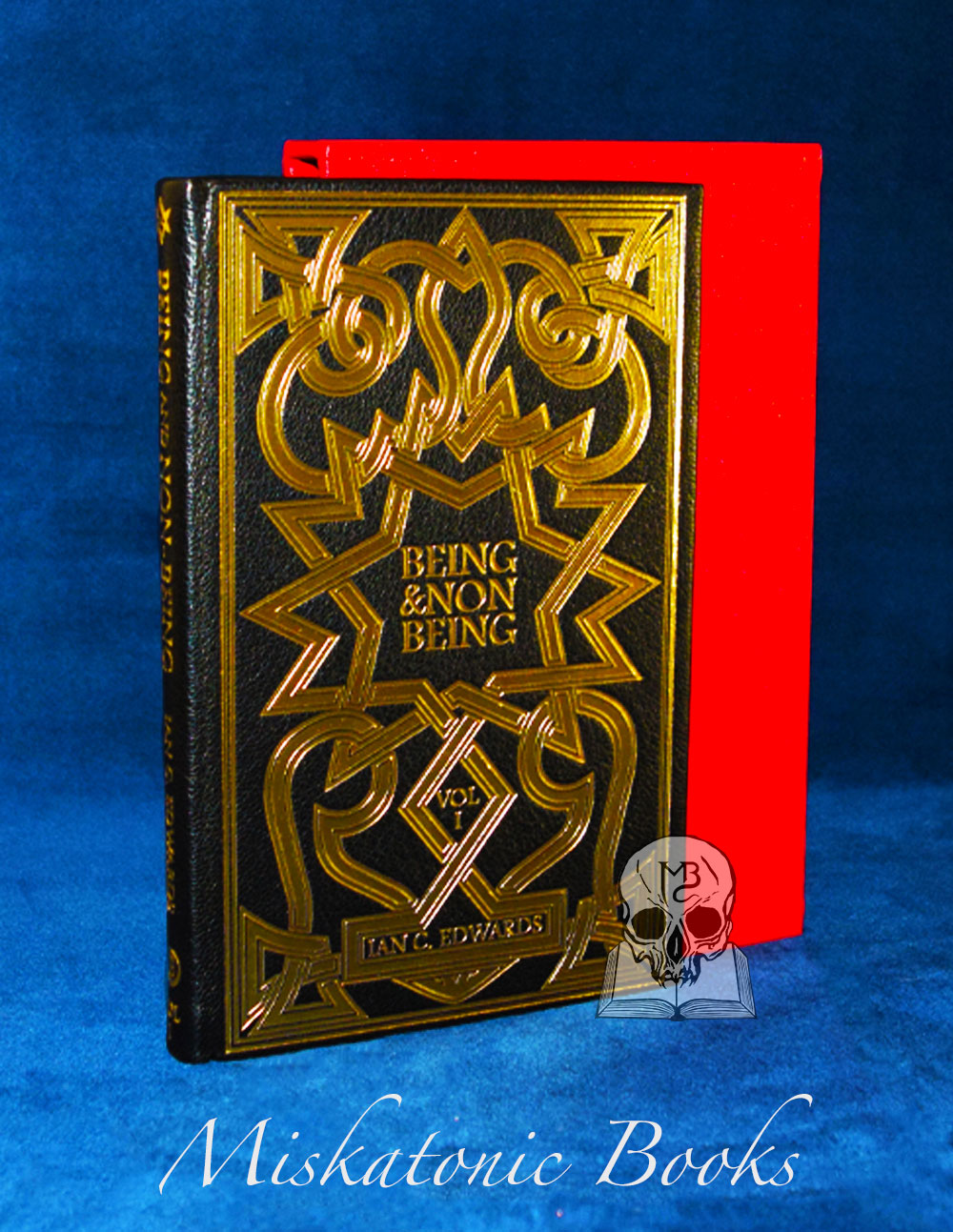
Out of stock
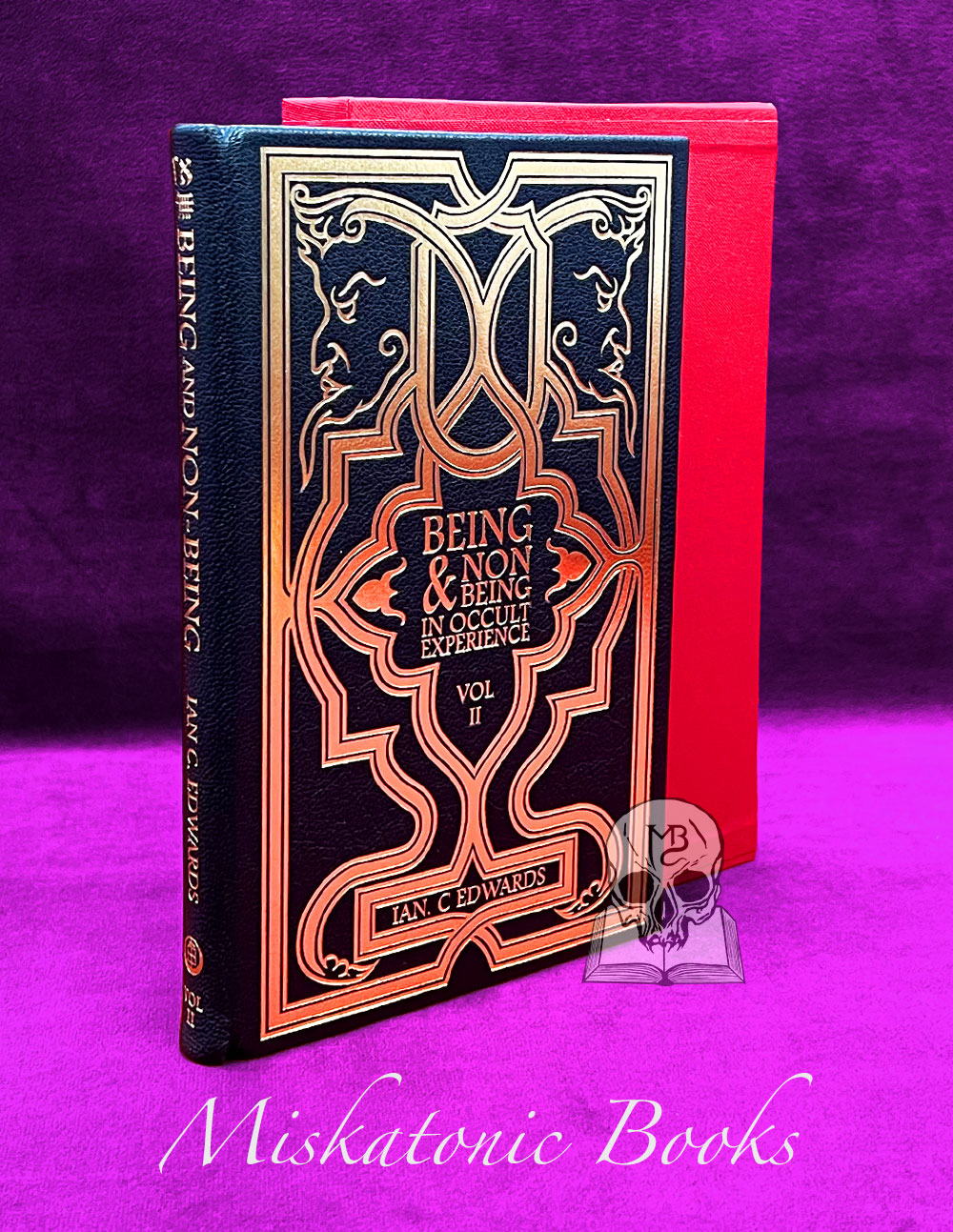
Out of stock

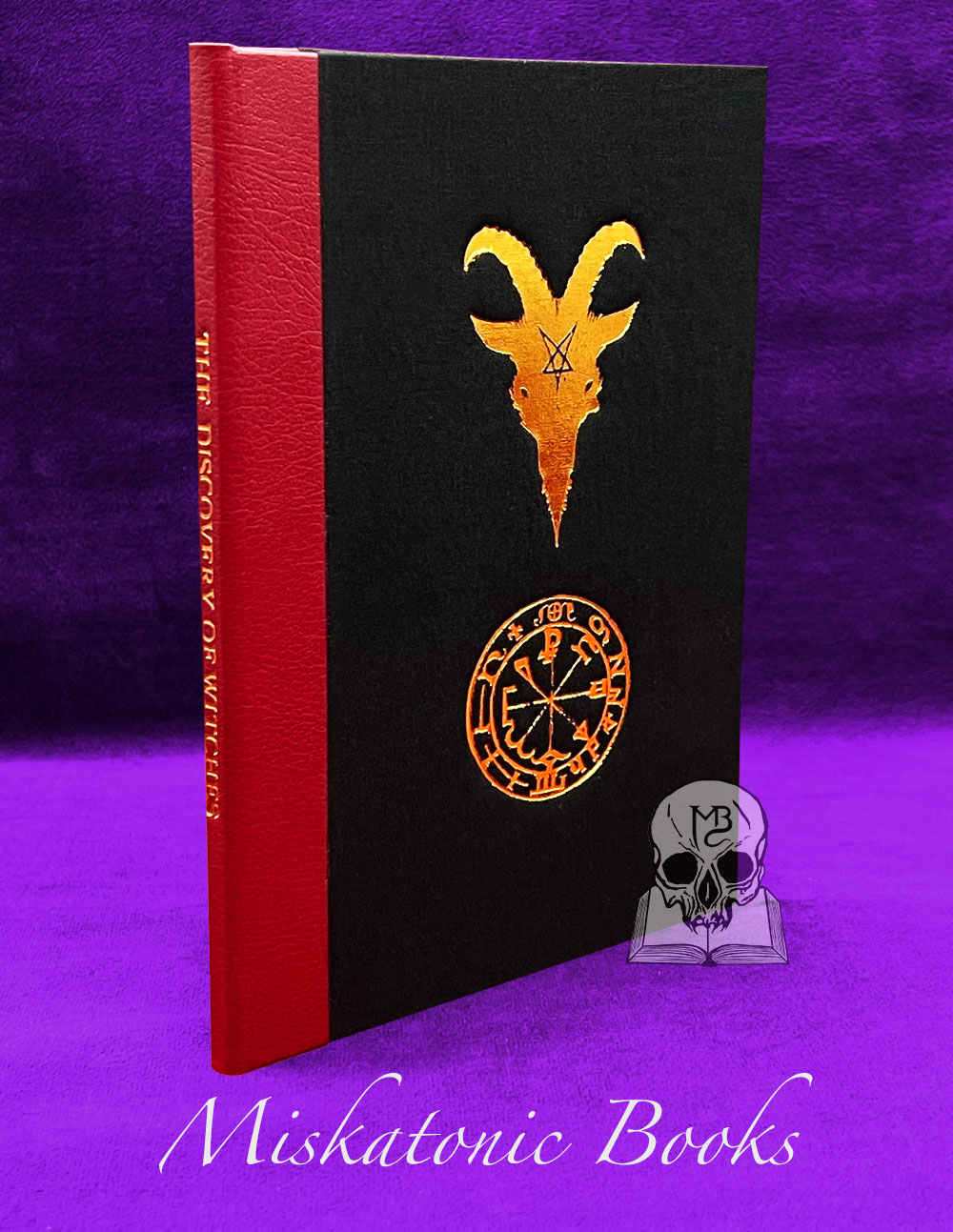
In stock
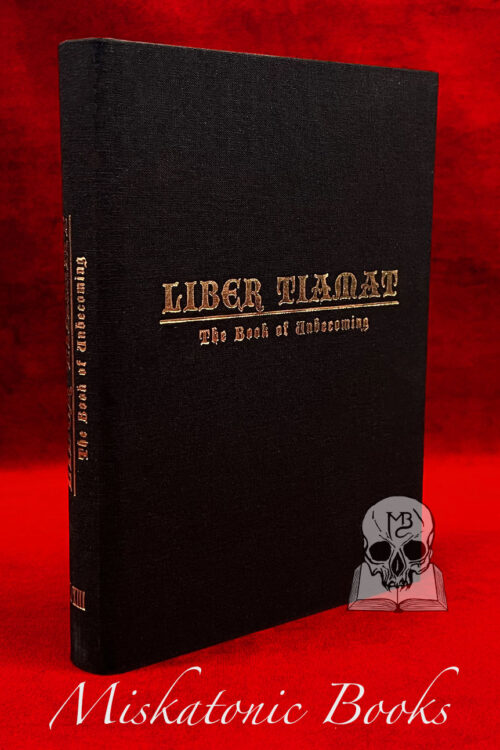
Only 1 left in stock
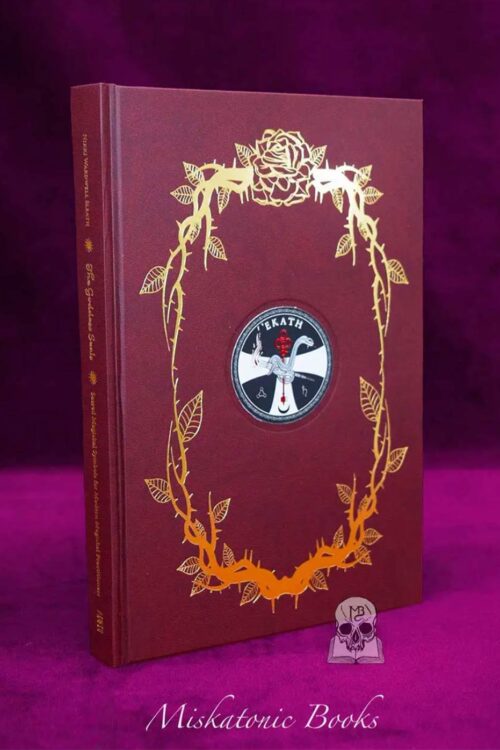
In stock
Miskatonic Books | P.O. Box 204, Laurel MT 59044, United States